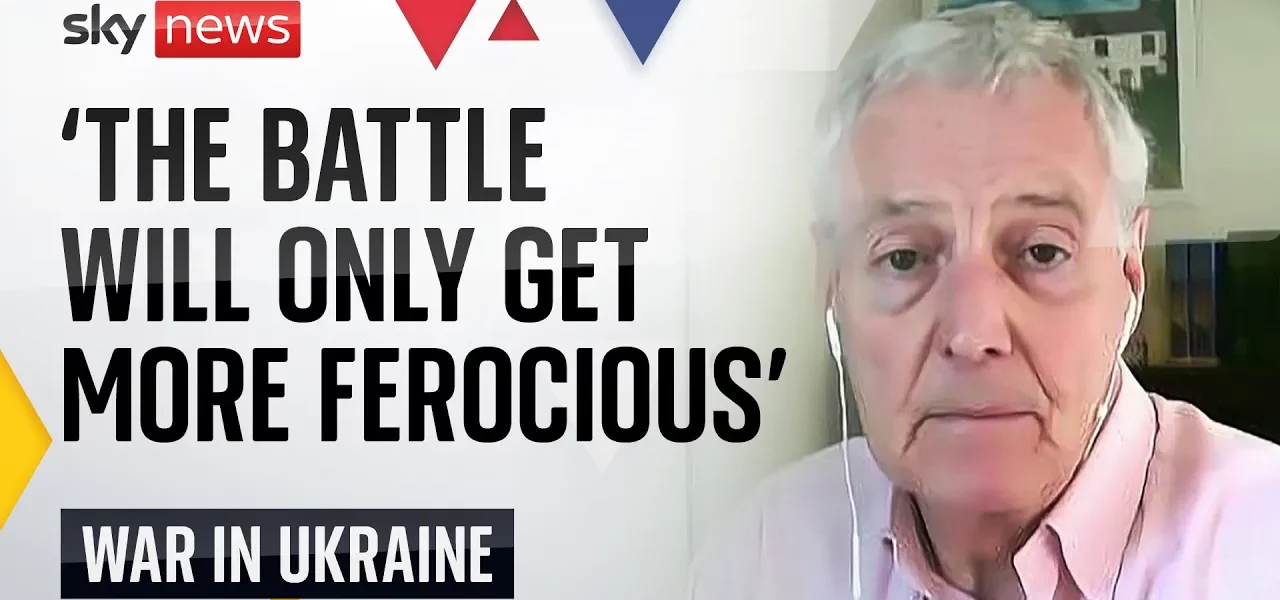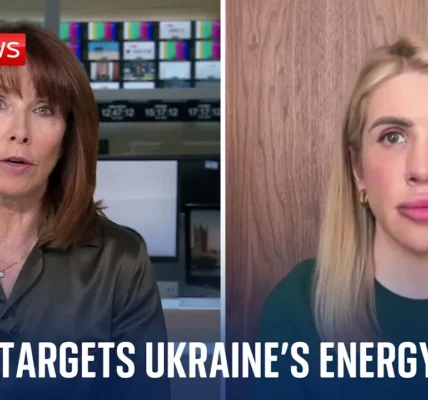Ukraine’s Strategic Offensive: An In-Depth Analysis with Professor Michael Clark

In this comprehensive article, we explore the recent developments in the Ukraine-Russia conflict, highlighting Ukraine’s strategic offensive that has taken the military world by surprise. Defense and security analyst Professor Michael Clark provides insights into the military dynamics at play and the potential consequences of Ukraine’s actions.
Introduction
As the conflict between Ukraine and Russia continues to evolve, recent events have shifted the strategic landscape significantly. Ukraine’s recent military operations have effectively taken the fight into Russian territory, demonstrating a calculated offensive strategy that has garnered attention from analysts worldwide. According to defense and security expert Professor Michael Clark, the Ukrainian forces appear to be successfully executing a plan that not only catches the Russian military off guard but also alters the balance of power on the ground.
The Current Situation on the Battlefield
As of now, Ukraine has been engaged in military operations for six consecutive days, marking a pivotal moment in the ongoing conflict. The situation is fluid, but early reports indicate that Ukraine is making significant gains in its offensive. Here are some critical points regarding the current battlefield situation:
- Ukraine has launched an operation that has taken even its Western allies by surprise.
- The offensive has resulted in the establishment of a pocket of territory that extends approximately 30 to 35 miles into Russian-held areas.
- Reports suggest that around 75,000 to 76,000 Russian civilians have been evacuated from the affected regions.
- Emergency measures have been implemented across three Russian oblasts, including Belgorod, Briansk, and Kursk, indicating a significant response to Ukraine’s actions.
Ukraine’s Military Strategy
Professor Clark emphasizes that Ukraine’s current military strategy is rooted in a bold gamble: to maintain pressure on Russian forces while potentially drawing resources away from other fronts. The success of this offensive hinges on several factors:
Key Military Units Involved
Ukraine has deployed several elite brigades for this operation, including:
- 22nd Mechanized Brigade
- 88th Mechanized Brigade
- 80th Air Assault Brigade
These units are known for their effectiveness in combat, and their involvement signifies Ukraine’s commitment to this offensive.
Implications for Russian Forces
The presence of these elite units creates a challenging situation for the Russian military. Clark notes that:
- Russia may be forced to redirect its better units to counter the Ukrainian offensive.
- The capture of any part of Russian territory by Ukrainian forces would mark a significant psychological setback for Russia, reminiscent of events from the early 1940s.
- While Ukraine hopes to relieve pressure on other fronts, the Russians are likely to respond with escalated counterattacks.
Risks and Challenges Ahead
While Ukraine’s offensive has shown initial success, it is not without risks. Maintaining this momentum will require careful planning and resource allocation:
Resource Allocation
Ukraine’s strategy may necessitate reallocating resources from other conflict areas, particularly Donbass. This presents several challenges:
- Potential weakening of defensive positions elsewhere in the region.
- Increased vulnerability to Russian counteroffensives.
- Balancing the need for immediate gains with long-term strategic goals.
Russian Response
Clark warns that the longer Ukraine holds onto the newly gained territory, the more ferocious the Russian response is likely to become. This could lead to:
- A significant increase in military engagement from Russia.
- Potential for escalation that could affect civilian populations.
- Long-term implications for regional stability and security.
Conclusion
In summary, the current phase of the Ukraine-Russia conflict represents a critical juncture for both nations. Ukraine’s bold offensive strategy is yielding results, but it is accompanied by significant risks and uncertainties about the future. As the situation develops, it is crucial for observers and policymakers to monitor the dynamics closely. For those interested in further insights, we encourage you to explore related articles on military strategy and conflict analysis to gain a deeper understanding of the ongoing situation.
“`




